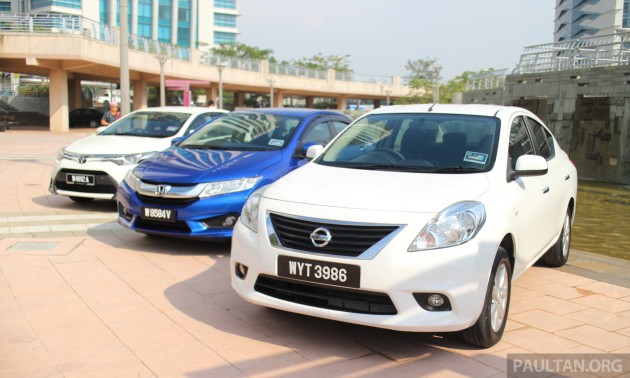
As 2014 comes to an end, the Automotive Institute of Malaysia (MAI) has provided an overview on the outlook for the local automotive industry in 2015, with several key issues and questions being given the spotlight.
Among these are the estimated total industry volume (TIV) for next year. Earlier this year, the Malaysian Automotive Association (MAA) reportedly stated that it expects a 2% increase in TIV figures in 2015, and the MAI originally forecasted a TIV figure of 700,000 for 2015 in October. The MAI says that it will release a new forecast figure for 2015 in early January, with additional calculations taken into account, such as the depreciation of the ringgit and the falling price of crude oil.
Another major revamp is expected in April next year with the implementation of the goods and services tax (GST), which is expected to adjust the prices of new cars. With that said, some parties believe that the introduction of GST could lessen consumer interest, but MAI CEO Madani Sahari says that it's still too early to tell.

"Some consumers will wait and see while others will not. I think this is a natural process. It's a free market and the consumers have every right to choose what they want," he said in the MAI release. "The situation is being closely monitored by the OEMs (original equipment manufacturer) and the OEMs normally adjust their market plan accordingly," he added.
Meanwhile, MAI says that sales of national cars could see an increase next year. Up till November 2014, sales of national cars made up roughly 48% of the market share, and the institute has forecast the same percentage for December.
As for 2015, Madani says that the recent introduction of new models from both Proton and Perodua is expected to lift the domestic TIV to around 52%.
However, certain parties are inclined to believe that the liberalisation of the National Automotive Policy could pose as a threat to sales of national cars. Madani is antithetical about it though, claiming that the move improves competitiveness among the industry players. "There are challenges definitely," he adds, but stresses that "strategic moves to enable growth in a structure fashion" have been implemented.
In light of falling global crude oil prices, Madani is adamant that "deeper analysis" is required as MAI is currently conducting a study to understand the "effect in longer terms especially if the situation persists." With both the US dollar and Japanese yen employed in the domestic automotive industry, the study aims to further probe the impact of the US dollar "across the supply chain and its' significance."
In relation, Madani is confident that the energy efficient vehicle (EEV) segment "will continue to grow" next year. "It's not just about fuel prices but also about the technologies that EEVs bring with it. Regardless of the fluctuation in fuel prices, driving an EEV will always result in a lower cost of ownership," he stated.


No comments:
Post a Comment